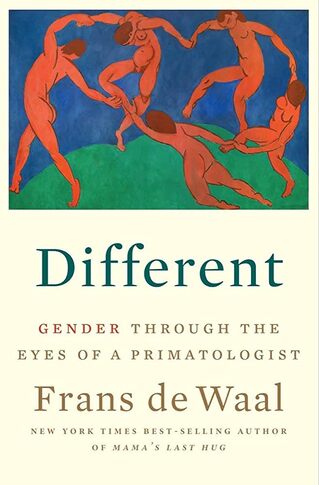
Calm Down...
And before you go all ape on me, let me say that Dr. de Waal does not justify human gender relations, nor does he think that things are fine as they are. He tells us upfront that the whole idea of one sex being mentally superior receives zero backing in modern science. Male supremacy is not a natural order among primates. In fact, he tells us, typical primate society is, at heart, a female kinship network run by older matriarchs. But, on the other hand, de Waal is not a proponent of neo-creationism either. He is clear that humans are subject to the laws of nature, and that evolution did not screech to a halt when humans arrived. Humans are animals, and—specifically—we are primates. Hence the relevance of studying and understanding primate behaviors.
 Bonobo
Bonobo But… back to the point of this blog: De Waal believes that the best way to achieve gender equality is to learn more about our primate biology and not to sweep it under the rug. Now, HOLD UP!
Yes, I am well aware that those who are seeking gender equality often find biology inconvenient. Yes, I understand that it can be politically expedient to downplay sex differences. And yes, I also understand how science has been and still is hijacked by ideology. I wrote an entire play about the pseudo-science of eugenics and how it has been historically embraced by genocidal regimes seeking to justify their atrocities. [In McClintock's Corn] And… at the same time, I am of the generation that zealously pursued and still pursues a biological basis for homosexuality and transgender identity in our bids for mainstream acceptance. So… it is with caution that I share the author’s conviction that “Instead of giving ideology precedence over science, we first need to get the science of gender in order. Ideally, we’d study this topic free from ideology.” The operative word here is “ideally,” but is that even possible, given the power of implicit bias? Maybe not, but I feel it’s worth a try, and, hence, this blog.
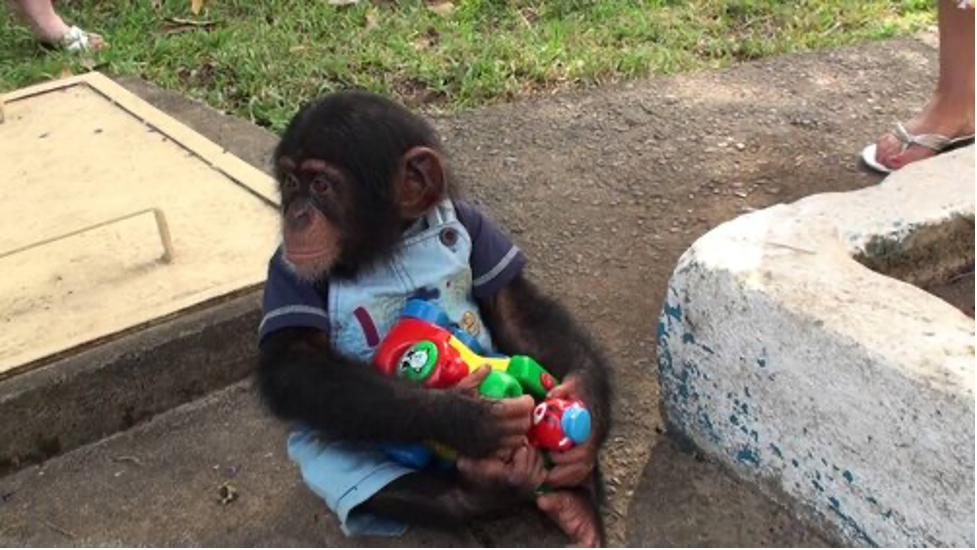
So enough taxiing down the runway. Let’s get to it…
Nature or Nurture?
So, right out of the gate, “Is it nature or nurture?”
Many humans assume that we socialize our children via the toys we select for them. But de Waal comes to a different conclusion from studying young primates: Play cannot be dictated. Confronted with a pile of random toys, young female primates overwhelmingly prefer plush toys and young males are attracted to things with wheels. Given a toy train, a young female will swaddle it and carry it around like a baby. According to the author, there is “consistency in finding a sex difference in the preferences for toys typed to their gender,” and he concludes that “the strength of this phenomenon points to the likelihood of a biological origin.” Notice the extreme carefulness of the language here. He must know the same people I do. One of the most dramatic differences is in the play itself. The males enjoy roughhousing, but the females do not. They enjoy a form of play that has a storyline. Because of this, the two sexes practice segregated play.
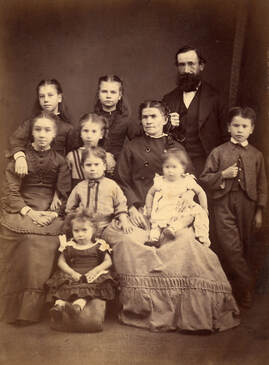 Before birth control
Before birth control “Every human tendency, regardless of whether we rate it as natural, can be amplified, weakened or modified by culture. If the gallons of ink spilled on the biological basis of altruism, homosexuality, and intelligence has taught us anything, it’s that every human trait reflects an interplay between genes and environment.”
Okay, let’s take language. Adopted babies will speak the language of their adoption… obviously a cultural/environmental phenomenon. On the other hand, human language faculty is unique among primates, and that uniqueness is biological. So… nature and nurture.
Another quick example: The Pill. It changed the biology of females so radically, that the entire cultural playing field was and still is (I hope) permanently reshaped.
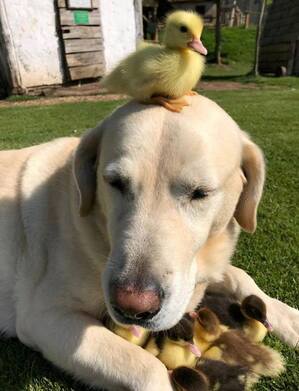
By the way, primate infants are extremely vulnerable, and newborns will die within twenty-four hours without intensive caregiving. Yes, males could provide some of this caregiving, especially with older babies, and sometimes they do take on that role with orphaned chimps… but there is only one sex that is 100% guaranteed to be present at the time of birth: the female. (Because, duh, she’s having the baby. Also, human fathers are the only primates who understand the mechanics of biological fatherhood. The concept is lost on male chimps and bonobos.) Because of this, it’s an obvious choice on the part of evolution to equip females with built-in “learning predispositions” for caregiving. “No person currently walking the earth could have gotten here if it weren’t for ancestors who survived and reproduced. No exceptions. Otherwise, they wouldn’t be here. Their genes are not in the gene pool.” (Consider the offspring of a female with a genetic makeup completely lacking in maternal predispositions. Brilliant as she might be, her offspring are not likely to survive, and her brilliance dies with her… unless she can write for a species that can read.)
The author makes the point that human gender roles are subject to similar “learning predispositions,” but, at the same time, he notes, “Roles may not be biological, certainly in all their details, but they are culturally acquired with a speed, eagerness, and thoroughness that hints at a biologically driven process.” Interactionism. See, we can get through this.
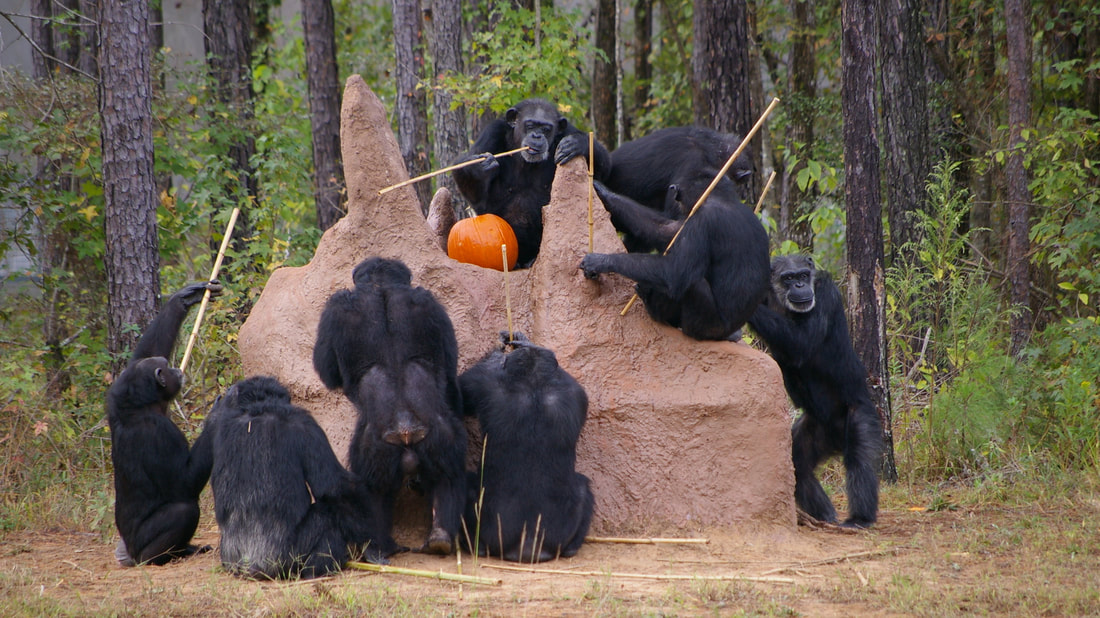
“Children self-socialize via selective attention, imitation, and participation in particular activities and modality of interaction.” In primate societies, for example, chimp daughters watch and learn how their mother’s extract termites (to eat). This is a sex-segregated skill related to their role as feeders and nurturers of their offspring. Likewise male chimp infants seek male models. At first glance, teaching and learning may appear to be purely cultural and not biological in origin, but let’s not forget those internal reward centers for same-sex imitation. Primates are wired to copy those with whom they bond and identify, i.e., the members of their sex. The drummer and the drum.
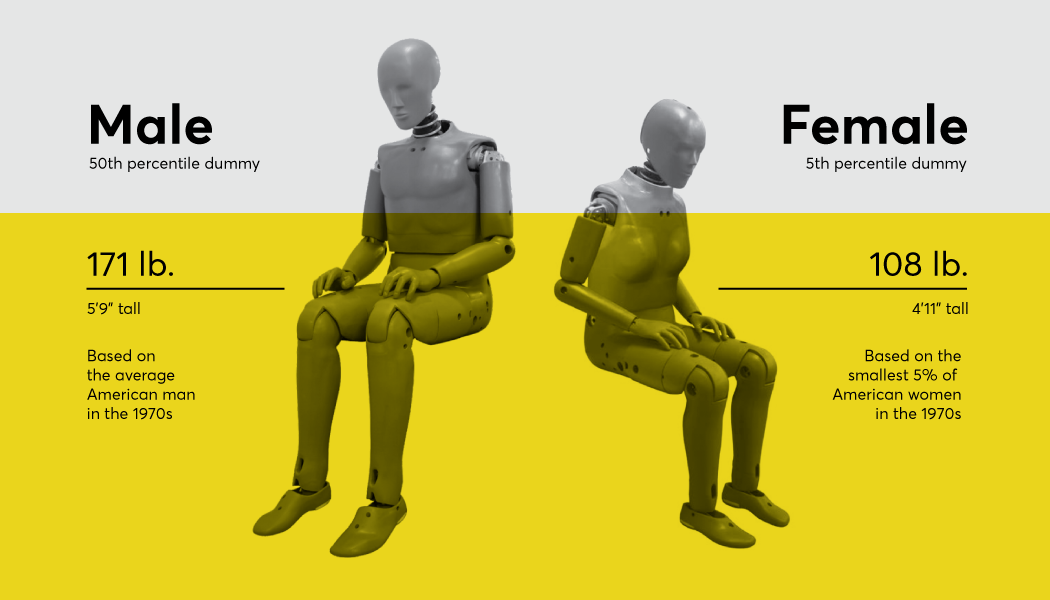
Also, science hasn’t always been scientific. Like many of us, science has found interactionism too hard. It has tended to ignore sex differences for a long, long time. In other words, ignore women. Finally, mercifully, this is starting to change. This neglect has been catastrophic for women, from barbaric male-dictated birthing practices, to male-modeled crash test dummies, to failure to study the impact of medications and vaccines on women’s reproductive systems. Remember thalidomide and the courageous woman in the FDA who, at great risk to her career, insisted on fetal studies of the drug before she would license it? Turns out thalidomide was responsible for a nightmare array of birth defects, and the horror of it was that it was being prescribed specifically as a sleep sedative to pregnant women who were struggling with insomnia related to the pregnancy!
Red Hot Contemporary Gender and Orientation Topics
So what does a primatologist have to say about one of the hottest gender topics in contemporary culture… transgender identity?
First, De Waal notes that he has observed a female chimp whose behaviors might be considered analogous to that of a trans boy. He describes his observations of this chimp, who, from an early age, imitated male behaviors and preferred the company of male peers. Throughout her life, this female remained somewhat of an outsider to both genders, because she never became a mother, but she was not included in the male hierarchy either. This was, in part, because she, unlike the males, did not exhibit violent behaviors. In spite of these differences, the tribe had no problem accepting her. Side note: There are no reported instances of rejection for sexual orientation or gender expression among primates… oh, except, for us.
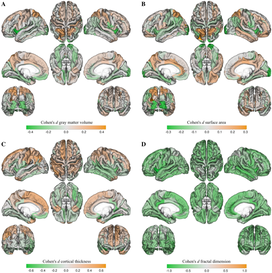 Investigating sexual dimorphism in human brain structure by combining multiple indexes of brain morphology and source-based morphometry
Investigating sexual dimorphism in human brain structure by combining multiple indexes of brain morphology and source-based morphometry Here, he is actually drawing on science. Human brains are not gender neutral. Again, nature or nurture? Are our brains different because of hormones or experiences? Or both? Currently we don't know, but it’s a thoroughly established fact our brains are sexually dimorphic. What does that mean? Sexual dimorphism is the “systematic difference in form between individuals of different sex in the same species.” Specifically, some parts of the male and female brain differ from each other in size or appearance. And before you accuse me of “neurosexism” or come at me about “lady brains,” there are more than 20,000 scientific articles documenting sex difference in human brains. Should it be unthinkable that this dimorphism might have some evolutionary connection? I’m going to keep an open mind on the subject, and I found De Waal’s speculation interesting.
So what about homosexuality? The bonobos, as noted, are extremely sexually active, and their partnerings are often with members of the same sex. In fact, three quarters of bonobo sex could not result in procreation (same-sex, too old, or too young partners). Interestingly, the levels of oxytocin, the “love drug,” are higher in the urine of female bonobos after sex with another female. Enhanced oxytocin production has been seen as a hormone to facilitate childbirth, but possibly its bonding function in some primates is significant. (Footnote: As De Waal points out, there are no species other than humans that are truly "homosexual," as in exclusively attracted to members of one's own sex. And, yes, that includes those famous male penguins at the Central Park Zoo.)
What about the chimps? Same-sex partnering among chimps was thought to be rare until recently. Today it is reported as frequent. What changed? Definitions and attitudes. Today studies include sociosexual behavior, which is defined as “physical interaction involving contact with the anogenital region except for mating/copulations." In the past, these behaviors had been dismissed as “reassurance” or “reconciliation,” or “gestures.” Today they are acknowledged to be sexual.
Nature or nurture? The author explores the literature about brain studies exploring structural differences in the brains of gays and lesbians. He sites the work of Ivanka Savic and Per Lindström, who were studying human brain symmetry, which has no relationship to behavior, is fixed at birth, and is not altered by life experiences. Their work indicates that sexual orientation may be forged in early infancy or even in the womb. But the primate culture of the great apes certainly doesn't discourge same-sex partnering.
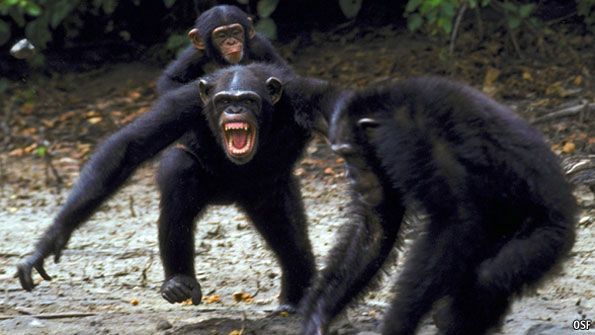
Much of de Waal’s focus is on primate violence in general, and, human violence against females in particular. Studies show that primates resolve conflicts, sympathize with each other, and seek cooperation. Both human children and primates demonstrate spontaneous altruism without enticements. Bonobos are taken as proof that violence is not hard-wired in, and most of the time both chimps and bonobos live in harmony. That actually goes for humans, also. Philosopher Mary Midgeley, who wrote about the relations of humans and animals, notes that humans are ultra-social, with communal values, even though we have a body of literature by men and for men depicting us as greedy individualists with only a veneer of goodness. Propaganda?
There are no confirmed reports of bonobos killing each other, but there are many cases where chimps have ganged up and murdered male members of their tribe, sometimes brutally. Remember, the bonobos are sexy, peaceful, and female dominant. Male chimps also commit infanticide, and female chimps copulate widely to ensure protection of the young. Yes, these females have sex for excitement, attraction, adventure, and pleasure, but always behind it lies the threat of infanticide. If a male is bonded with the female through sex, he is less likely to murder her baby. (Again, he has no notion of fatherhood.) And, sadly, we have to include humans as among the species that commit infanticide. (Others include lions, dolphins, bears, prairie dogs, and owls. I know… dolphins?) Our infanticide? Step-fathers murder step-children with more frequency than the biological fathers. War is a large-scale scenario where the older father figures routinely send out the younger males to kill other younger males and to be killed. Why? Less competition for these aging males.
Female chimps receive more favors when they are in estrus, which is marked by highly visibile swelling of their genitalia. They barter sex for favors. The female bonobos, on the other hand, never threatened with infanticide or male violence, simply claim what they want, which happens to be an enormous amount of sex… with both males and females.
The author notes that female sexuality among both species is as proactive and enterprising as that of the males… but for different evolutionary reasons. And here is a fascinating side note about the bonobos: During sex, the male will stop thrusting and dismount if the female is avoiding eye contact or signals boredom by yawning or grooming. The bonobos demonstrate a clear grasp of the female’s right to change her mind. Sigh.
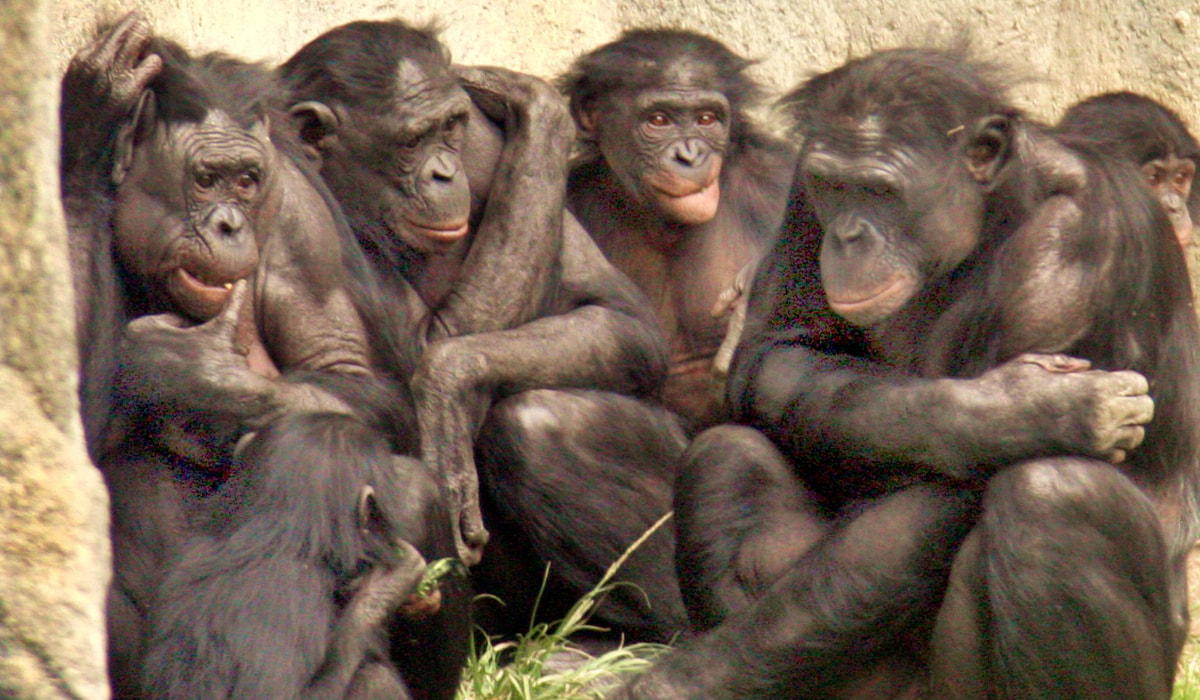 Female Bonobos
Female Bonobos Chimps do physically abuse and harass females, but they do not rape or murder them . And, of course, the male bonobos learn early that they will get the you-know-what slapped out of them by the adult females if they even THINK about messing with them. Also, the bonobo females travel together and sleep within earshot of each other, both of which are huge curbs to male violence. Groups of both bonobos and chimps are sex-segregated: “Males and females dwell in different worlds, each with its own set of issues.” Among primates, males compete with males and the females compete with females. (Among the chimps, the male bonding is stronger and they prefer it.) The sexes only meet occasionally and mating is done in the open, where others can interfere.
On the other hand, humans integrate the sexes into a single framework… often the “nuclear home.” This arrangement facilitates male control and abuse. (This level of sex integration is relatively recent, having intensified during the Industrial Age.) The author reminds us that during COVID, where people were compelled to isolate within their homes, reports of domestic violence tripled.
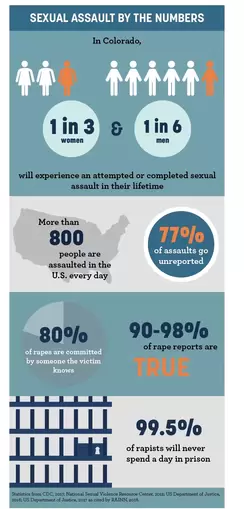
But De Waal is careful to point out that biology is not irrelevant in considering violence against women. Sons, as he says, are not daughters. Sons will grow up more prone to violence. Sons will have more bodily strength.
Let’s take a sec with this, because it’s a huge part of the current gender controversies. Are human males stronger? So… “constitutional body strength.” 1% of women can lift 110 pounds directly off the ground. Two thirds of men can. Hand grip strength is another test that bypasses athletic training and fitness. 90% of young females fall short of 95% of men. Significant and documented difference.
BECAUSE this is true, De Waal posits, we need to teach emotional skills and attitudes, and we need to offer healthy outlets for aggression. And, I would add, a good long look at alternate living arrangements that ensure safety for women and children.
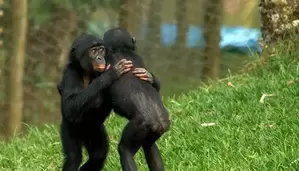
Among chimps and bonobos, the males are pack animals, while the females prefer serial one-on-one friendship. The boys enjoy quarrels about rules, but quarreling ends the game for girls. They distance themselves from adversaries, while the males adopt a “nothing personal” attitude. In fact, male opponents actually seek each other out.
All social mammals practice reconciliation. Among chimps, 47% of the males reconcile. Only 18% of the females do. The males are opportunistic and keep their options open. Four out of five female conflicts go unreconciled. In sum, the males are good at making peace. The females are good at suppressing conflict. On the other hand, female bonobos don’t hold grudges and can actually make up in the middle of a fight. In conflict, two female chimps will be screaming in anguish. When male chimps fight, only one party screams—the loser.
Sadly, we resemble male-bonded apes more than the matricentric bonobos. Also sadly, primate dimorphism tends to stick in our subconscious. We respect height, muscularity, and low voices. (I’ve seen that in theatre for decades.) How can we change this? De Waal recommends an appreciation for the evolutionary roots of these biases, not a denial of them. Amen. Hence the blog.
Some observation of primate motherhood: “Maternal attachment is the mother of all bonds.” The maternal bond in primates is the crucible for evolution of social intelligence.
And here we run into the traditional sexism of scientists. They have historically considered altruism to be a “puzzle,” insisting that animals have no reason to worry about others. Obviously, they were discounting mothers with infants, which is, in De Waal’s words, insane. Female primates care for babies. Female juvenile primates are three-to-five times more apt to do mothering, which decreases infant mortality. Duh. Maternal care goes far deeper than prejudice and gender expectation. Females have more emotional empathy, but the same amount of cognitive empathy as males.
Primates respect motherhood. Female status changes when are pregnant. Also primates offer support for miscarriages. Motherhood is a really big deal, biologically speaking.
Both female chimps and female bonobos demonstrate leadership. Also, a small male chimp can outrank larger and more powerful males in the hierarchy. Why aren’t these dynamics more documented in the literature? Because: 1) Males are more flamboyant. 2) Males are violent. 3) As noted, bonobo documentaries are X-rated and less broadcast. 4) Researchers tend to equate social dominance with physical dominance. This is a grave mistake, because it omits networking, personality, age, strategic skills, and family connections… huge factors in leadership, and skill sets at which females excel. Prestige, rarely taken into account in these studies, is defined as a power that comes from being admired. The power of prestige can be enhanced with age, even as physical prowess declines.
The dominant male may keep the tribe together, but the alpha males teach the young males boundaries and impulse control. The presence of these alpha males actually suppresses production of hormones among the other males.
We are primates through and through.
We navigate a world of primarily two sexes.
We can never fully disentangle the cultured category of gender from the biological one of sex—and the bodies, genitals, brains, and hormones that come with it.
We have not escaped forces of evolution.
And here are my own thoughts in summation: Denial of these tenets leads us further and further away from effective strategies, policies, and coalitions to resolve issues of justice and equity, which require interactionism. Which is both hard and necessary.

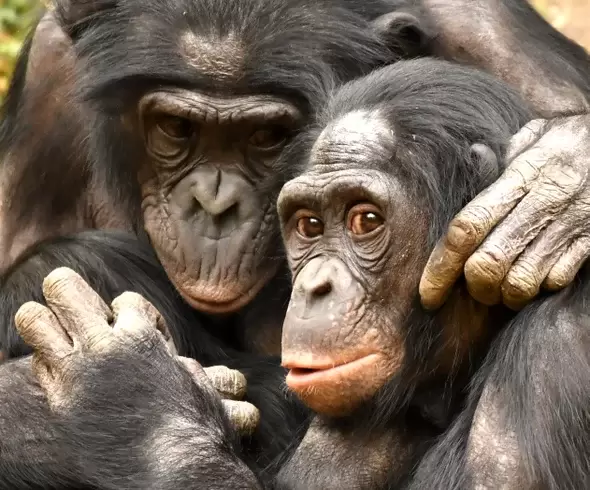
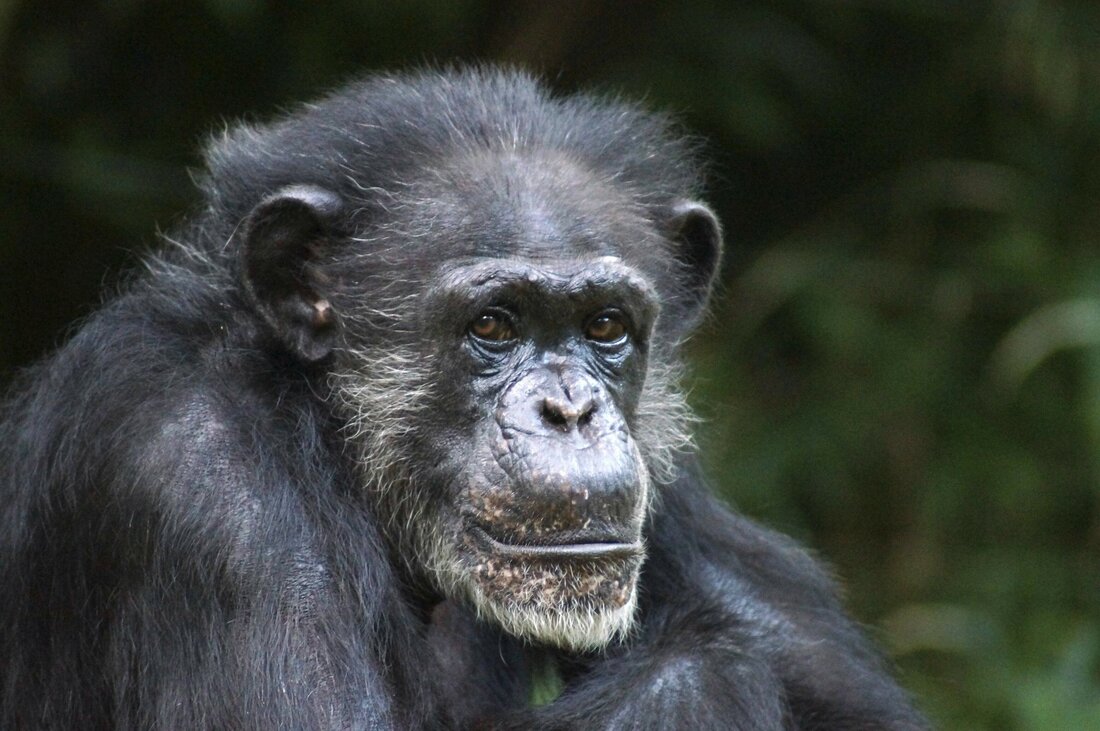

 RSS Feed
RSS Feed
